…..the best thing since colour telly or a scourge on our community?
By Amanda J.
Having well and truly plumbed the murky depths of marital deception, I think it’s time to lighten things up a bit. Well, at least it would be if I hadn’t included some less than perfect photos of myself in the text. Let’s just say that they depict transformations not quite to the standard that I’ve previously displayed in my posts (DIY makeup with shocking eyesight was never going to end well) and if you’re easily traumatised, then re-reading an uplifting post from Kandi or one of the other girls is a much safer bet!
But what’s a girl to do if she spends an age getting ready, takes a few photos (probably hundreds of photos if truth be told) but none of them seems to depict the dizzy heights of femininity she was striving for? Fear not, girls, help is at hand! Just do a spot of post-processing in FaceApp and even the most facially challenged masculine redneck will be transformed into a beauty capable of winning Miss Universe!
I’m sure that most of you reading this will be very aware of what FaceApp is but, just in case you’re one of the dwindling minority that still manages to live your life in blissful ignorance, here’s a quick explanation. FaceApp is a smartphone app which uses artificial intelligence to digitally enhance/change photographs – Photoshop without the effort in other words. It can make you look younger or older, fatter or thinner, long or short haired and so on. But it’s come to particular prominence in the trans community because of its ability to change the apparent gender of a photograph by making small but significant changes to facial features and then add different makeup looks. With a few swipes and taps on a smartphone screen, even the most unconvincing transformations can become beauties that would challenge any genetic female.
Here are four images of me to illustrate quite how good FaceApp is.
[images removed at the request of the author]
1 – an unprocessed image, poorly lit with my (lack of) makeup skills laid bare
2 – the same image processed with a FaceApp filter which has smoothed the skin and slightly reshaped the face to a more feminine profile
3 – image 2 further processed with a flattering makeup filter
4 – processing turned all the way up to 11 with a fake smile, recoloured hair and heavier makeup
Some of you will already be shaking your heads in despair and with good reason. How could I ever be satisfied with number 1, the only genuine image of me, when I can convince (a polite way of saying delude!) myself that number 2 is only marginally different but much more pleasing on the eye? And if I can make a case that number 2 is acceptable (which I can, sort of), then number 3 only represents what I’d look like with better makeup. I will draw the line at number 4, though – it’s too far removed from me to be realistic. And the answer to the question is that I wasn’t satisfied. I’d spend a lot of time and energy faffing around trying to get a decent photo of myself, fail miserably so just admit defeat and reach for the app before posting the photo on Flickr. And very quickly, number 2 became the minimum standard I would accept.
Now I’ll mention at this point that I always disclosed the use of FaceApp on any ‘apped’ photos I posted but not everyone posting on Flickr was that scrupulous. But that then leads to the question – why? And answering that gave me a lot of insight into where this side of me had ended up.
I posted on Flickr because it seemed like the sort of thing that girls like us do. Put up a photo in a dress and a nice pair of heels and the compliments flow back. For a closeted CDer like me, it was an amazing feeling to be told I looked gorgeous, that my outfit was nice or even, on a couple of occasions, that I was obviously born to be a woman! I had more compliments in a few months on Flickr than I had in six decades of life as him! I felt validated. So what if I’d used a bit of digital enhancement to fix the photos? Magazines do it all the time and it was only giving a depiction of what I’d look like with better makeup.
At this point, it’s worth taking a moment to look at exactly what FaceApp does. The following shows firstly an unprocessed image of my early attempts at makeup, secondly the same image after heavy FaceApp processing and thirdly a digital comparison between the two – the white areas show where the images differ.
[images removed at the request of the author]
Now, there are three obvious areas of difference – the two eyes and the lips. Well, we delude ourselves, they’re bound to be different because of the makeup. There’s also a slight difference on the jawline which we either ignore or justify by asserting that contouring & more flattering lighting would achieve much the same. And apart from those things, the photos are more or less identical (yeah, right!).
And that’s the issue. We convince ourselves that FaceApp’s only giving us an insight into what a professional makeover or facial feminisation surgery (or, in my case, a head transplant) would achieve and soon we’re ‘apping’ everything to within an inch of its life without a care in the world!
But that’s when the dark clouds really start to form. Take a look at Flickr, Reddit or one of the other platforms of choice for the trans community and it quickly becomes apparent quite how widespread the practice of digitally enhancing photos has become and it continues to grow. But if I post an ‘apped’ photo, why should I be worried? Surely, it’s up to me how I present myself to the world at large? If someone disapproves, they should just move on to the next photo. The problem is that these apps have now got so good that, with a cursory glance, it’s often hard to see directly whether a photo has been doctored and that, in turn, can have an adverse impact on those looking at the photo for inspiration.
And therein lies the problem. What if I’m just starting out and I go to one of the photo based sites looking for inspiration and yet I’m confronted by photo after photo of trans girls who, on the face of it, could challenge any genetic female in the beauty stakes? Do I feel hopeful that, one day, I’ll achieve those dizzy heights myself or just sadly look in the mirror and feel that I’m a lost cause? To my mind, whether we’re fully out in the community or just sending despatches from the closet, we have a moral duty to help and inspire others, just as we are helped and inspired by others, and not to demoralise by posting unrealistic images of ourselves.
And putting the shoe onto the other foot, if I post a processed photo and someone tells me how nice I look, is that a compliment for me or a feather in the cap for the clever programmers who’d created the app? Clearly, if digital trickery was solely responsible for making me look like I did, I had no right to claim any of the credit other than, perhaps, a little for the outfit choices I made.
For me, the final straw came when one girl, just taking her first steps into the community commented on an ‘apped’ image that I posted and, even though I had fully disclosed the use of digital enhancement, declared that she’d ‘never be as pretty as me’. I wanted to encourage girls in the same way that I’d been encouraged by others and not demoralise them before they’d even started. Add that to the increasing feeling of discomfort I had when people complimented a processed photo (because it no longer represented a true record of the situation when I took it) and uninstalling the app became a no brainer. From that point on, I only posted unprocessed photos and, when it became apparent that the compliment payers far preferred those girls who unashamedly processed their photos to within an inch of their life, stopped publicly posting altogether. And I’m in a far better place as a result.
So am I saying that FaceApp is the worst thing ever to have been created and has no place in our community? Actually, no.
FaceApp gave me the confidence to stick my head above the parapet and take a more active role in this wonderful community. It was my entry ticket. Here’s the first photo I ever posted of myself online.
[images removed at the request of the author]
I went into the garden in male mode and took a head & shoulders ‘selfie’. I gender changed it then added makeup in FaceApp. The resultant image didn’t really look like me but there was just enough familiarity in some of the facial features to give me the connection with female me that I desperately needed. And several other girls noticed the photo when I uploaded it and posted some nice comments. In fact, the reply I posted to one of the comments sums up the positive impact that FaceApp had on me at the time – ‘whilst this image is well inside fantasyland, it is important to me for giving me the motivation to step out of the cybercloset and share my photos with others’.
So that’s FaceApp. Whilst it’s fun to use it to see how things could have turned out if we’d been born female, to me an unprocessed photo is far better than anything that FaceApp can deliver because of its honesty. It may not look nearly as polished as its ‘apped’ counterparts but it depicts the struggles we face to just be ourselves. It shows reality, how others will see us if we ever come face to face with them, and not a stylised view of how we must look if we’re ever going to ‘pass’ and it encourages us to up our game. And, even if we look at an unprocessed photo and feel that others will be disappointed at how we look, it’s a reminder that we express our feminine side to give ourselves fulfilment, not to just to provide a bit of entertainment for faceless strangers.
In many respects, it’s like having a baby alligator as a pet. Lots of fun to play with at the start but can soon do a lot of damage to you if you don’t respect its capabilities!



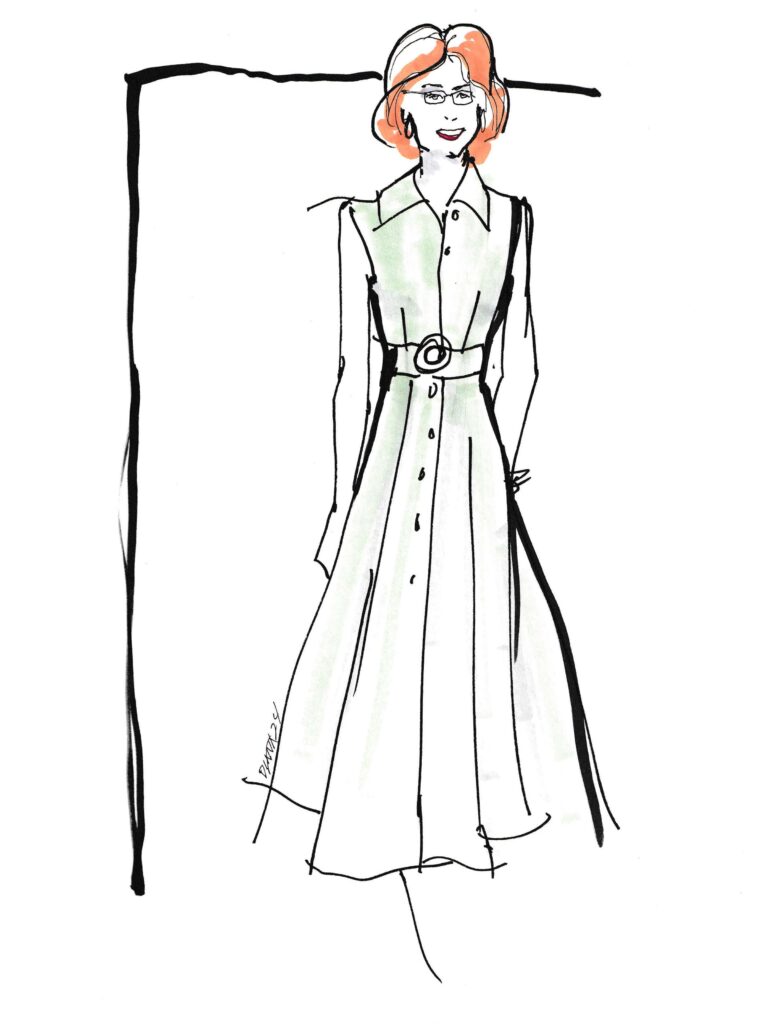
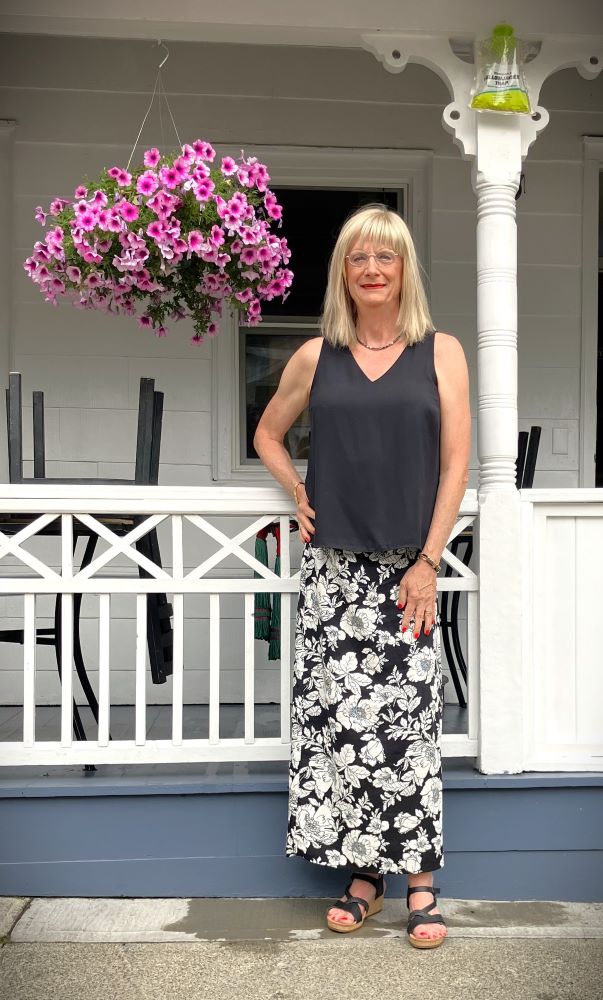
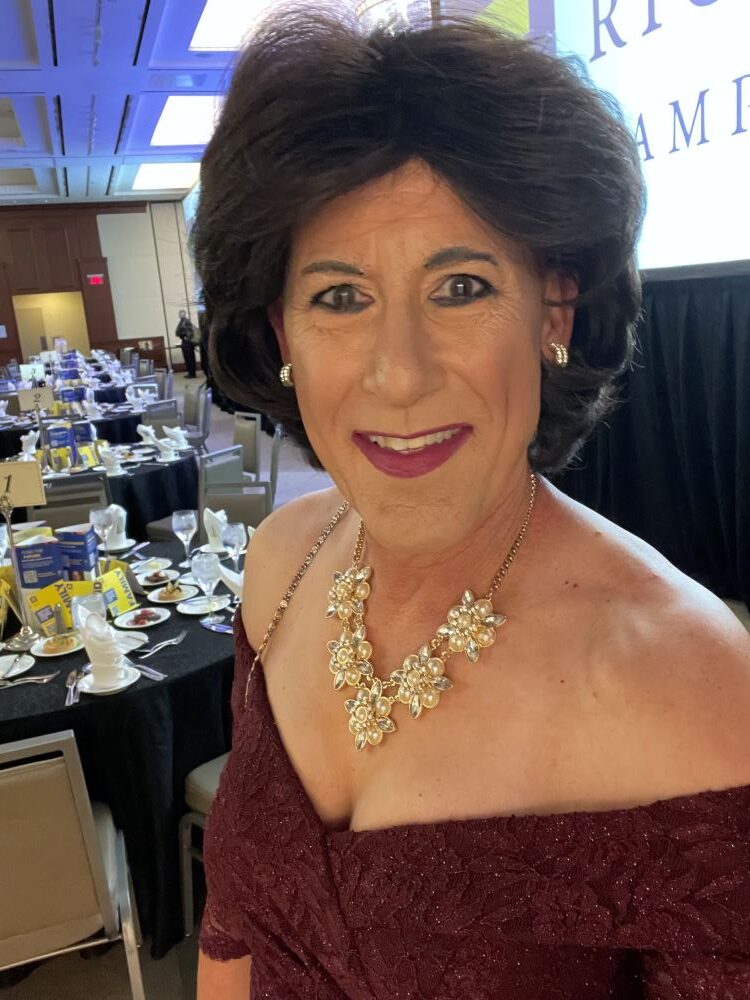
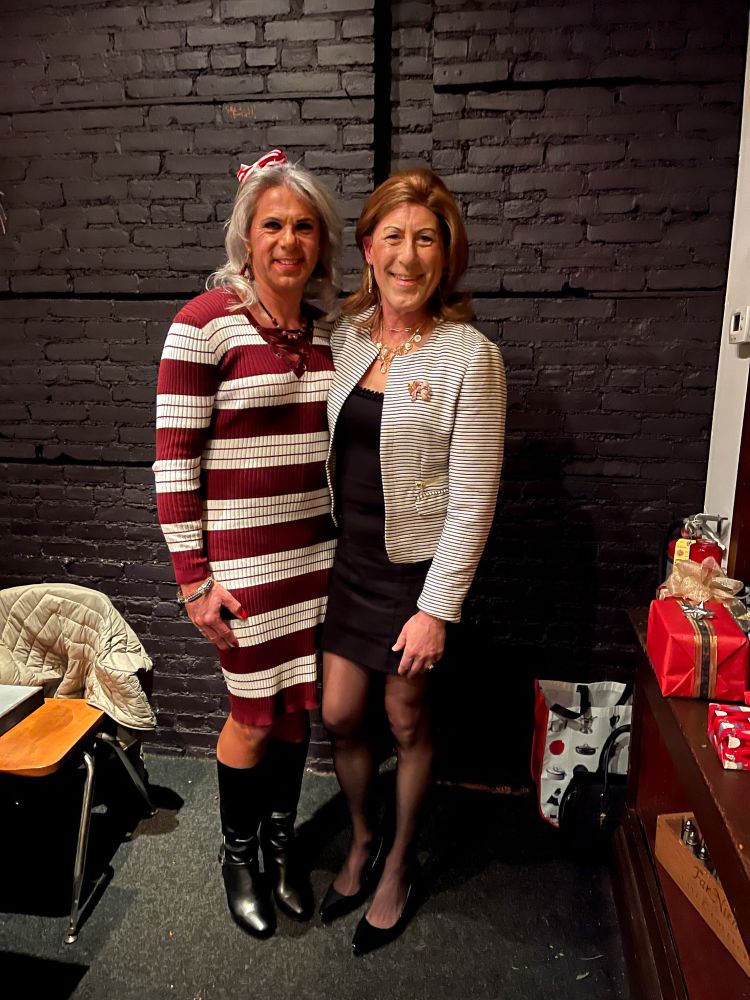
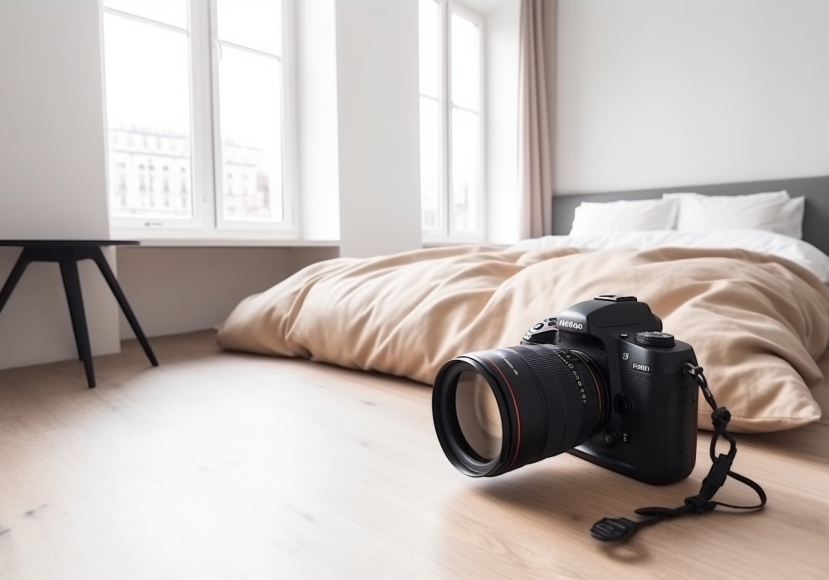



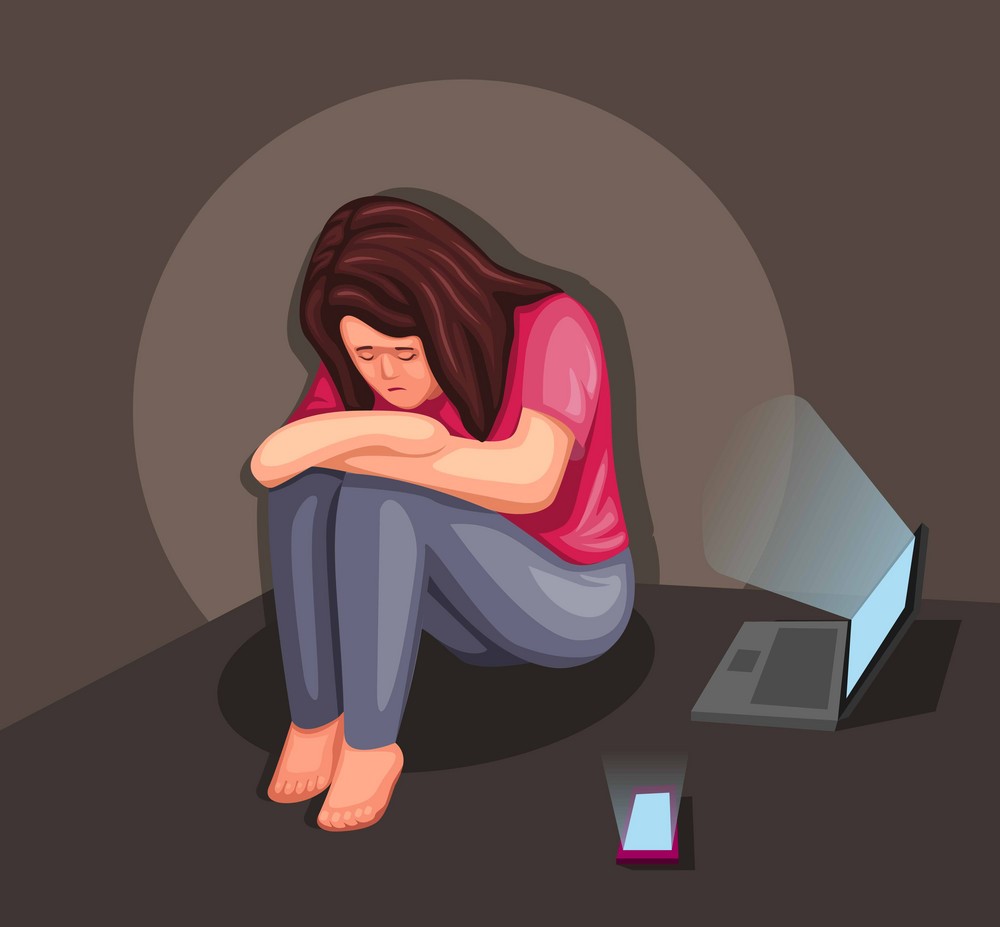
7 Responses
Amanda,
Well, aren’t I a Luddite. I had never heard of FaceApp. All my pictures of me are the original, albeit only one in ten or twenty is ever kept. The “keepers” have just the right light and shadow, the best angle and the best smile and eyes opening. It takes a lot of selfies to make it all work at the same time.
You either like the “original Jocelyn” or not.
By the way, I honestly like the original Amanda pics. The overdone “perfect plastic look” doesn’t do it for me.
Be you, the beautiful Amanda.
Jocelyn
Jocelyn, thank you as always for taking the time to share your thoughts.
To be honest, I could bang on all day about FaceApp and its negative impact. We all know that we’ve been dealt a challenging hand and life would be much easier if we didn’t have to contend with the urges to be fabulous from time to time. But the joy of CDing is our compensation for this and if anything beats the feeling of looking in the mirror and seeing a smiling woman looking back or getting lost in the tactile sensations of the clothing, I’ve not found it yet. The reality is that doctoring a photo with a few swipes on a smartphone screen can never deliver anything approaching those feelings.
I had a lot of fun with FaceApp in the twelve months that it was installed on my phone. But ultimately, it had a detrimental effect on my emotional wellbeing and when I finally twigged what was going on and started to get a grip, it was the first thing to go. It can only ever show us a stylised view of what might have been; the results of a battle with the makeup brushes (and in my case it really is a battle) may not be as polished but are a thousand times more satisfying because they’re genuine. And, best of all, photos of the results are optional, not a prerequisite!
When I first used FaceAPP and saw the results I nearly hyperventilated. It was that emotional for me. At first it tricked me into thinking I could get similar results with a wig and perfect makeup. What I later realized is the small FFS type stuff it did and that was unrealistic for someone like me.
So in the end, they are fun to look at, but one has to realize what is going on.
Christina, I know exactly what you mean. FaceApp really is a double edged sword – it’s given countless girls the impetus they need to put their head above the parapet and yet all too often sets unrealistic expectations, ultimately leading to disappointment or worse. Ironically, it’s the fact that it is ultimately unrealistic that drives both – the transformations are so radical as to be unrecognisable which has thankfully put paid to a lot of the ‘headless’ photos that used to proliferate but, all too quickly, we start to believe that the images represent reality and the dressing sessions that once gave so much joy just become frustrating as we realise we cannot recreate those looks.
Uninstalling it from my phone was the best thing I ever did!
Kandi, you bit the mail on the head. It’s a fun toy to play with, but overused by many and so many other observers don’t seem to see it.
I’ve seen some fabulous looking women who have masculine and hairy arms…doesn’t add up.
I’ve used it, sure, but usually to “just see” how a hair style change may look.
Michelle
Thank you Michelle! But I will have to defer to my wonderful contributor, Amanda, who wrote this wonderful piece (but I concur wholeheartedly).
Michelle, thank you for joining the discussion. Your point is a good one – we’re all different and may have physical traits which don’t ‘add up’. For the trans community, it’s an occupational hazard! What’s sad is many of the community get so obsessed with ‘passing’, which is all too often equated with facial beauty, that they’re unable to experience the true beauty in what we do which is digging deep to set the inner woman free.
For me, an un-doctored photo represents both the struggles we face and the joy we feel when, for those fleeting moments, we can be ourselves. FaceApp just erases that with the resultant image telling us nothing about the person depicted.